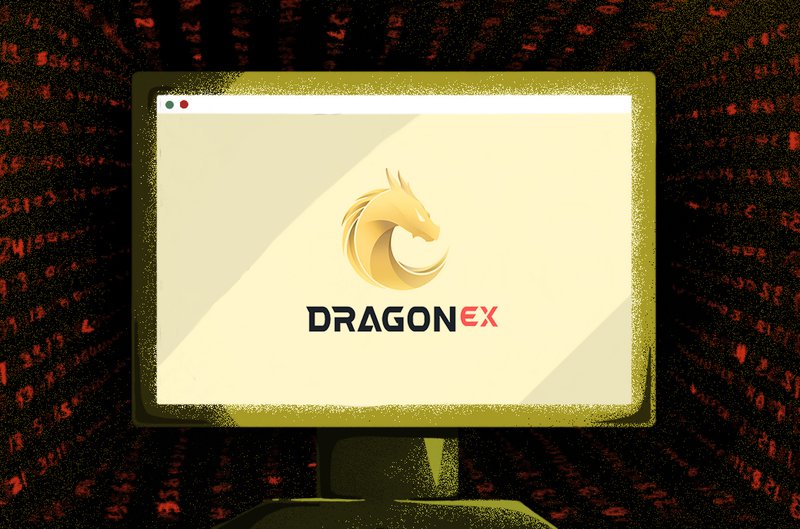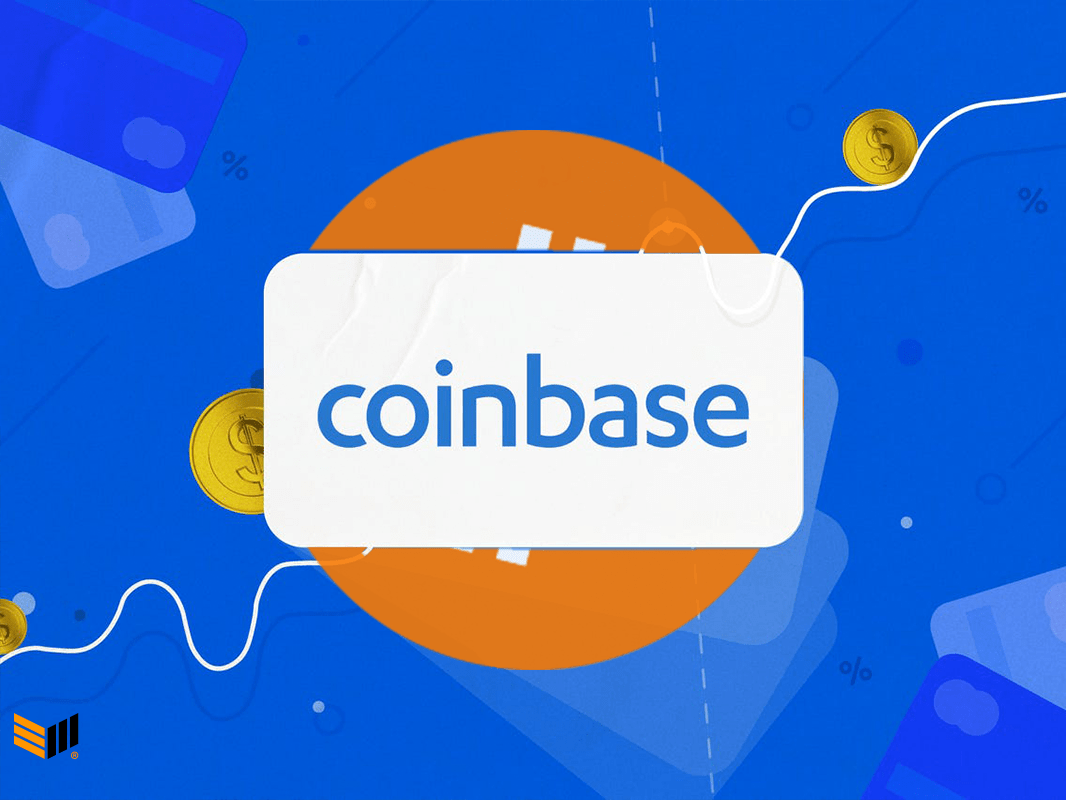Poolin Launches Initiative To Activate Taproot, Encouraging Other Mining Pools To Join
Top 2 Bitcoin mining pool Poolin wants Taproot, and hopes other pools do too.
Poolin, the Chinese mining pool that currently controls around 13 percent of all hash power on the Bitcoin network, is preparing for Taproot, the proposed protocol upgrade for which the code is included in the upcoming Bitcoin Core 0.21.0 release. Bitcoin’s second-largest mining pool (only topped by F2Pool, which controls around 17 percent of hash power) today launched a webpage to help inform mining pools on Taproot, and lets them indicate how they would prefer the backwards compatible upgrade to be activated.
“We’re excited to see Taproot get close to deployment, and as one of the biggest mining pools on the Bitcoin network we want to be constructive in the soft fork activation process that will help make Taproot a reality,” Poolin VP Alejandro De La Torre told Bitcoin Magazine.
Taproot
Taproot, as implemented in Bitcoin Core, is actually a combination of three upgrades rolled into one.
First, it would introduce the Schnorr signature algorithm, which is considered by many cryptographers to be the best in the field. Besides a strong level of correctness, no malleability and relatively fast verifiability, Schnorr signatures allow for math to be performed with them. Among other things, this allows for a new type of smart contracts on Bitcoin.
Smart contract flexibility would be further expanded through a trick called MAST, which allows for coins to be spent in various ways, without ever needing to reveal the options that ultimately aren’t chosen. Moreover, if all parties to a smart contract agree on the outcome of the contract, Taproot lets them cooperate to make the settlement-transaction indistinguishable from regular transactions, benefiting user privacy.
Third, Taproot will include an updated version of Bitcoin’s programming language, called Tapscript.
Poolin, founded by former Bitmain (and more specifically, BTC.com) employees, was the first Bitcoin mining pool to publicly indicate support for the Taproot upgrade by including a custom string of data in all of the blocks they mine.
“Taproot will unlock a new range of possibilities for Bitcoin, improving privacy and expanding smart contract possibilities,” De La Torre said. “We think the Taproot upgrade will benefit Bitcoin and, therefore, also benefit Bitcoin miners.”
Taproot Activation
The Taproot code will be included in the upcoming Bitcoin Core release, currently the (de facto) reference implementation for the Bitcoin protocol. However, this release will not include activation logic just yet; this is expected to be included in an upcoming Bitcoin Core release. As a backwards-compatible soft fork upgrade, Taproot activation is presumed to happen smoothly if a (large) majority of miners enforce the upgrade. Previous soft forks were activated through BIP 9, which triggered enforcement of the new protocol rules when 95 percent of all hash power on the network signaled support for the upgrade.
Largely due to the long, painful and messy activation process for Bitcoin’s last consensus protocol upgrade — SegWit, in 2017 — Bitcoin developers have been discussing whether BIP 9 is still the best way to activate soft forks. Some now prefer BIP 8, which (if so configured) would not just enforce the new rules when a (large) majority of miners signal supports for the upgrade, but would also activate the upgrade at a specific future date or block height, known as a user activated soft fork (UASF).
Some smaller changes to the upgrade mechanism are also being discussed. Some argue that the hash power threshold could be lower than 95 percent, for example, and there is also debate on the preferred duration before the upgrade should be enforced automatically (if at all). Specific proposals also include a combination of these ideas, which could perhaps even involve a special Bitcoin Core software fork to get the job done (like the BIP 148 client which — according to many — nudged miners to activate SegWit in 2017).
Poolin CEO Kevin Pan told Bitcoin Magazine that his team prefers Taproot to be activated through BIP 9 — though not outright rejecting BIP 8 with forced activation.
“Unlike during the SegWit activation process, there is no heated debate around Taproot, and BIP 9 has also been used successfully before SegWit,” he said. “We therefore prefer the old school way, BIP 9. But the community could still have a user activated soft fork.”
Pan does prefer the activation to happen through Bitcoin Core, and believes that the 95 percent threshold is “fine.” If BIP 8 with forced activation is chosen instead, he thinks one year is a good amount of time before the new rules are enforced. But whichever solution is chosen, the Poolin CEO believes Bitcoin Core developers will make the right choice: “I think the devs are doing great.”
Taproot Activation Website
To encourage other mining pools (as well independent miners) to help activate Taproot as well, Poolin today launched taprtootactivation.com, a webpage dedicated to Taproot activation. Besides information for miners about the proposed Taproot upgrade and the activation mechanisms and parameters under consideration, the open-source website also lets miners indicate their preference.
“We want to avoid the issues we saw around SegWit activation, I don’t think anyone wants to relive that,” De La Torre explained. “I think miners play a crucial role in soft fork activation, in this case for Taproot. A website like this could help inform a better process. We are a large mining pool, with much hash power, so we’ve decided to take that initiative upon ourselves.”
Although Poolin has a preference for the BIP 9 activation process, the webpage is not intended to advocate this activation mechanism in particular. Nor would the preference that miners indicate on the website be in any way binding, of course: developers choose which activation logic they implement in their code, and Bitcoin users decide if they want to run that code.
“Still, we hope that an overview of miners’ preferences could help inform the discussion around Taproot activation,” said De La Torre.
Bitcoin Magazine recently sent out an email to all mining pools that controlled at least 1 percent of hash power on the Bitcoin network, inquiring about Taproot and activation preferences. At the time of publication of this article, the only other mining pool that responded was Slush Pool, whose cofounder Jan Čapek said will support Taproot, and doesn’t expect it to be as heated a topic as SegWit. Čapek indicated a preference for BIP 8 as the activation mechanism with a 90 percent hash power activation threshold and forced activation after one year.
Over the next days and weeks, De La Torre will also be reaching out to Bitcoin mining pools to poll where they stand on Taproot and the different activation mechanisms, and will update the website accordingly.
Full disclosure: the author of this article offered some minimal support editing the text on taprootactivation.com.
The post Poolin Launches Initiative To Activate Taproot, Encouraging Other Mining Pools To Join appeared first on Bitcoin Magazine.









